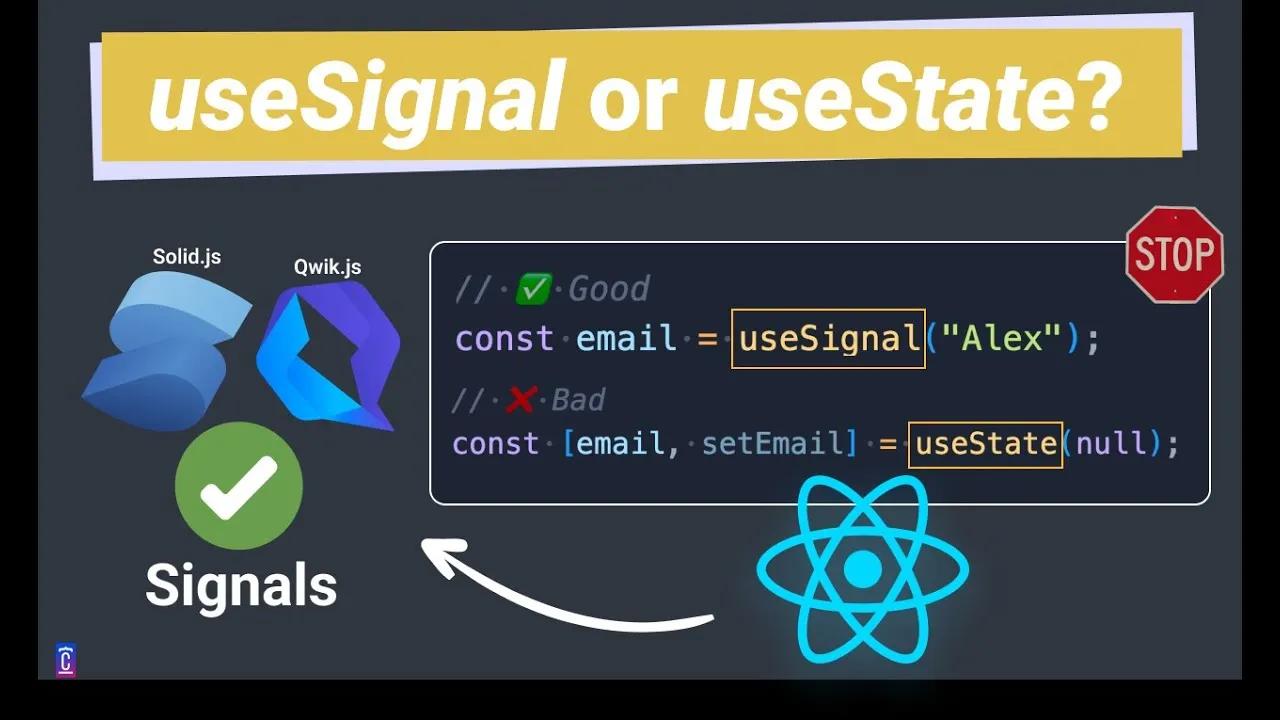Revolutionize React With Signals In 2025
Explore react signals in 2025 for efficient state management. learn how to use fine-grained reactivity to build high-performance apps.

0
0
Explore react signals in 2025 for efficient state management. learn how to use fine-grained reactivity to build high-performance apps.
